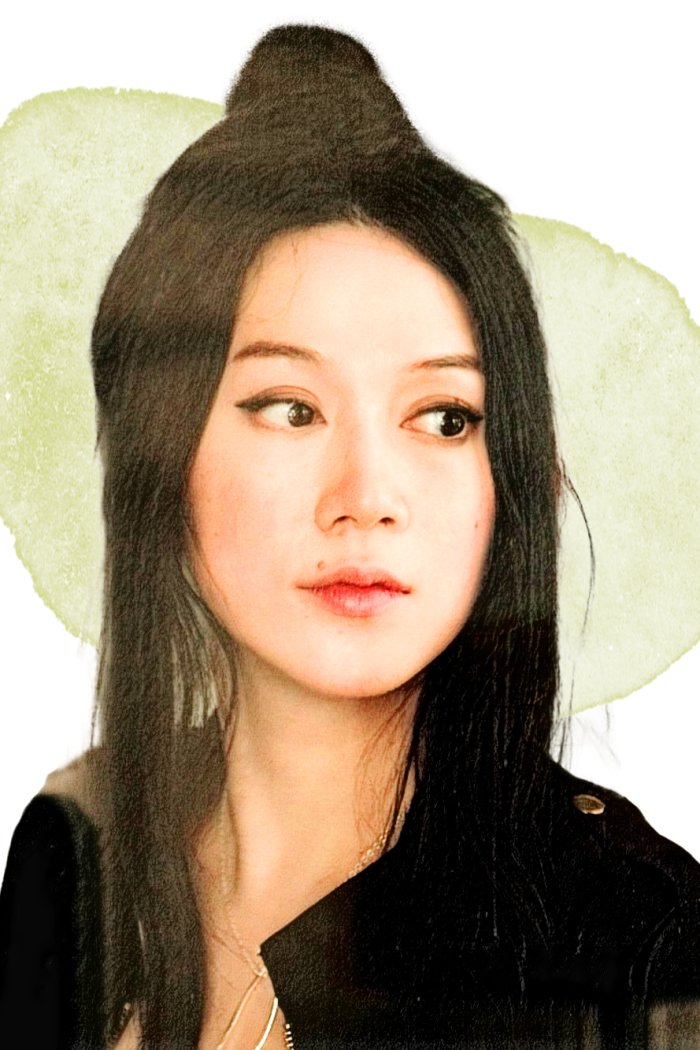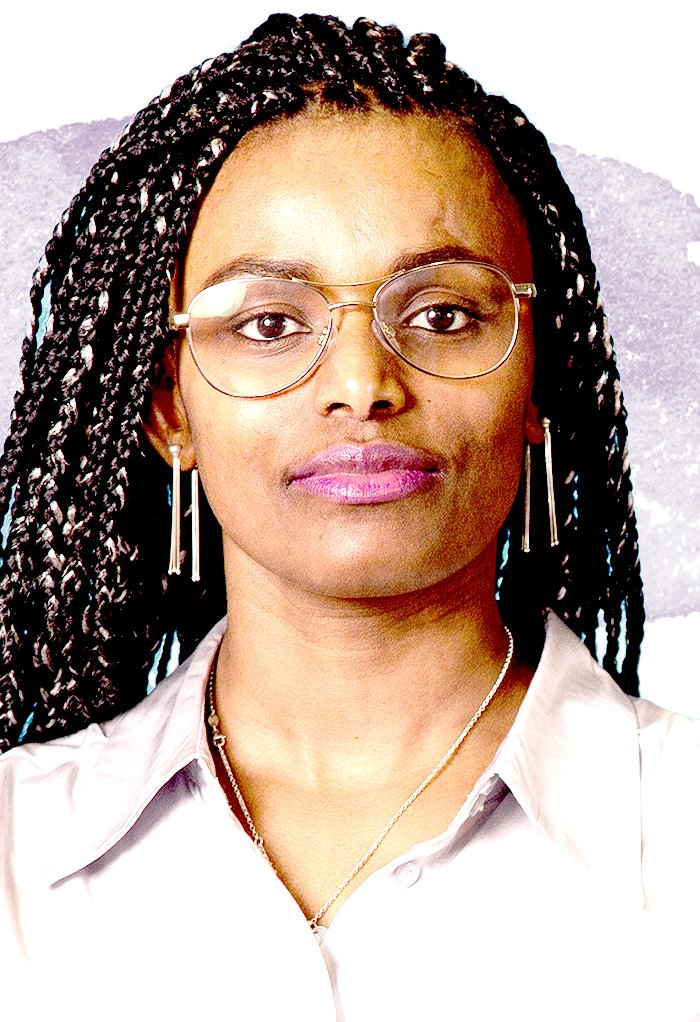Over the course of February, Geoffrey Hinton, one of the most influential AI researchers of the past 50 years, had a “slow eureka moment.”
Hinton, 76, has spent his career trying to build AI systems that model the human brain, mostly in academia before joining Google in 2013. He had always believed that the brain was better than the machines that he and others were building, and that by making them more like the brain, they would improve. But in February, he realized “the digital intelligence we’ve got now may be better than the brain already. It’s just not scaled up quite as big.”
Developers around the world are currently racing to build the biggest AI systems that they can. Given the current rate at which AI companies are increasing the size of models, it could be less than five years until AI systems have 100 trillion connections—roughly as many as there are between neurons in the human brain.
Alarmed, Hinton left his post as VP and engineering fellow in May and gave a flurry of interviews in which he explained that he had left in order to be able to speak freely on the dangers of AI—and his regrets over helping bring that technology into existence. He worries about what could happen once AI systems are scaled up to the size of human brains—and the prospect of humanity being wiped out by the technology he helped create. “This stuff will get smarter than us and take over,” says Hinton. “And if you want to know what that feels like, ask a chicken.”

Born and raised in England, Hinton comes from a long line of luminaries, with relatives including the mathematician Mary Everest Boole and logician George Boole, whose work is crucial to modern computer science; surgeon James Hinton; and surveyor George Everest, who gave his name to the mountain.
The human brain always fascinated Hinton. As a Cambridge University undergraduate, he tried a range of subjects—physiology, physics, philosophy—before graduating with a degree in experimental psychology in 1970. He worked briefly as a carpenter before starting a Ph.D. in AI at the University of Edinburgh, then the U.K.’s only postgraduate program on the subject, in 1972.
In the 1970s, artificial intelligence, after failing to live up to its postwar promise, was going through a period of dampened enthusiasm now referred to as the “AI winter.” In this unfashionable field, Hinton pursued an unpopular idea: AI systems known as neural networks, which mimicked the structure of the human brain. His thesis adviser urged him on a weekly basis to change his approach. Each time he replied, “Give me another six months and I’ll prove to you that it works.”
Upon completion of his Ph.D., Hinton moved to the U.S., where more funding was available for his research. He published pathbreaking research, for which he was awarded the 2018 Turing Award, in posts at universities across the U.S., before eventually taking a professorship in computer science at the University of Toronto. Toronto has become Hinton’s home base; he travels relatively infrequently because back problems prevent him from sitting down. During car journeys he lies across the back seat; he eats kneeling before a table “like a monk at the altar”; and as he spoke to TIME he swayed gently in front of a head-height camera.
In 2012, Hinton and two of his graduate students, Alex Krizhevsky and Ilya Sutskever, now chief scientist at OpenAI, entered ImageNet, a once annual competition in which researchers competed to build the most accurate image-recognition AI systems. They dominated the competition—an emphatic demonstration that neural networks had come of age. Hinton’s persistence had paid off.
He and his two students began receiving lucrative offers from big tech companies. They set up a shell company called DNN-research to auction their expertise, and four tech firms—Google, Microsoft, Baidu, and DeepMind—bid tens of millions for the company. After a week, Hinton chose Google over the final bidder, Baidu. In 2013, he joined Google Brain, the cutting-edge machine-learning team he left in May.
Hinton has been instrumental in the development and popularization of neural networks, the dominant AI development paradigm that has allowed huge amounts of data to be ingested and processed, leading to advances in image recognition, language understanding, and self-driving cars. His work has potentially hastened the future he fears, in which AI becomes superhuman with disastrous results for humans. In an interview with the New York Times, Hinton said, “I console myself with the normal excuse: If I hadn’t done it, somebody else would have.”
Hinton does not know how to prevent superhuman AI systems from taking over. If there’s any hope, he says, it lies with the next generation, noting that he feels too old to continue contributing to research. Many scientists switch to policy work later in their careers, but he declined Google’s offer to take such a role at the company. “I’ve never been very good at or interested in policy issues,” he tells TIME. “I’m a scientist.”
Instead, Hinton has spent the past few months sounding the alarm—he can explain the technical details of AI in an accessible way as well as anyone and spends much of his time giving interviews to raise public awareness. He has also spoken with policymakers, including officials in the U.K. Prime Minister’s office, Canadian Prime Minister Justin Trudeau, Executive Vice-President of the European Commission Margrethe Vestager, and U.S. Senators Bernie Sanders and Jon Ossoff.
While on a theoretical level he now grasps the risks from AI, Hinton says that his emotions haven’t yet caught up. “The idea that we’re going to be replaced as the apex intelligence is just very hard to get your head around.”
But for now, he takes his cues from another relative: his cousin Joan Hinton was one of the only women scientists to work on the Manhattan Project. After the nuclear weapons that she helped to create were dropped on Hiroshima and Nagasaki, she became a peace activist. In 1948 she moved to China, and she spent most of the rest of her life working on dairy farms as an ardent Maoist. Hinton’s own retirement plans are less strident but likewise bucolic: he intends to rediscover carpentry and take long walks.
- Cybersecurity Experts Are Sounding the Alarm on DOGE
- Meet the 2025 Women of the Year
- The Harsh Truth About Disability Inclusion
- Why Do More Young Adults Have Cancer?
- Colman Domingo Leads With Radical Love
- How to Get Better at Doing Things Alone
- Michelle Zauner Stares Down the Darkness




